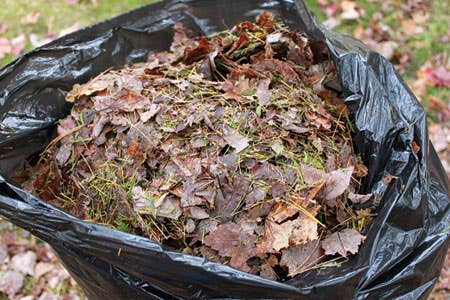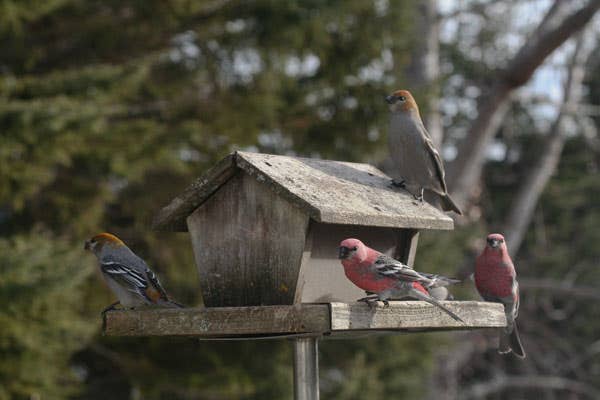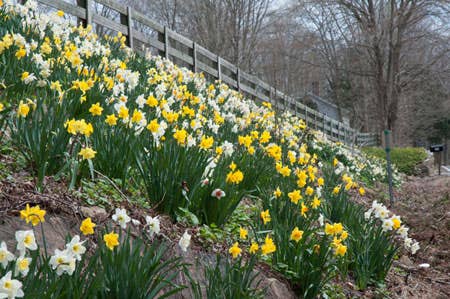Q&A: Intriguing or Invasive Ivies?
Question: I have ivy growing to the top of several tall oak trees. Is this dangerous to the long-term health of these trees? Should I take it down?
Question: I have ivy growing to the top of several tall oak trees. Is this dangerous to the long-term health of these trees? Should I take it down?
Answer: This situation is perfectly normal and often something that gardeners purposely do. It may require extra pruning on your part as to ensure that neither the host nor guest swamp its partner, but could have beautiful results if seen as an asset.
Ivies often grow up the trunk of forest trees, such as an oak or beech, on their own in the wild. Other times, people choose to integrate climbers into their trees or shrubs for the dramatic effect. Assuming that the ivy is not completely swallowing your oak, try making the most of a beautifully canvassed trunk by using it as a backdrop for a wide variety of perennials and shrubs.
If the health of the oak tree seems to be suffering, then check to see where the climber, or ivy, is planted. According to the Horticulture Gardener’s Guides to Climbers & Wall Plants by Philippa Bensley, often times, it is incorrectly recommended to plant climbers near the drip line, or the area of the ground that is below the outer margin of a tree’s canopy. This is where your tree’s feeding roots are taking in water and nutrients, making the climber competition for these vital necessities. Plant the climber closer to the trunk, keeping aware of tree roots as you dig a spot.







